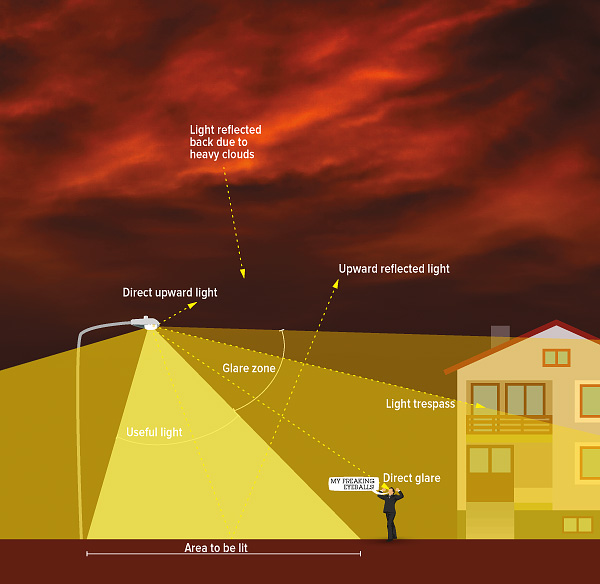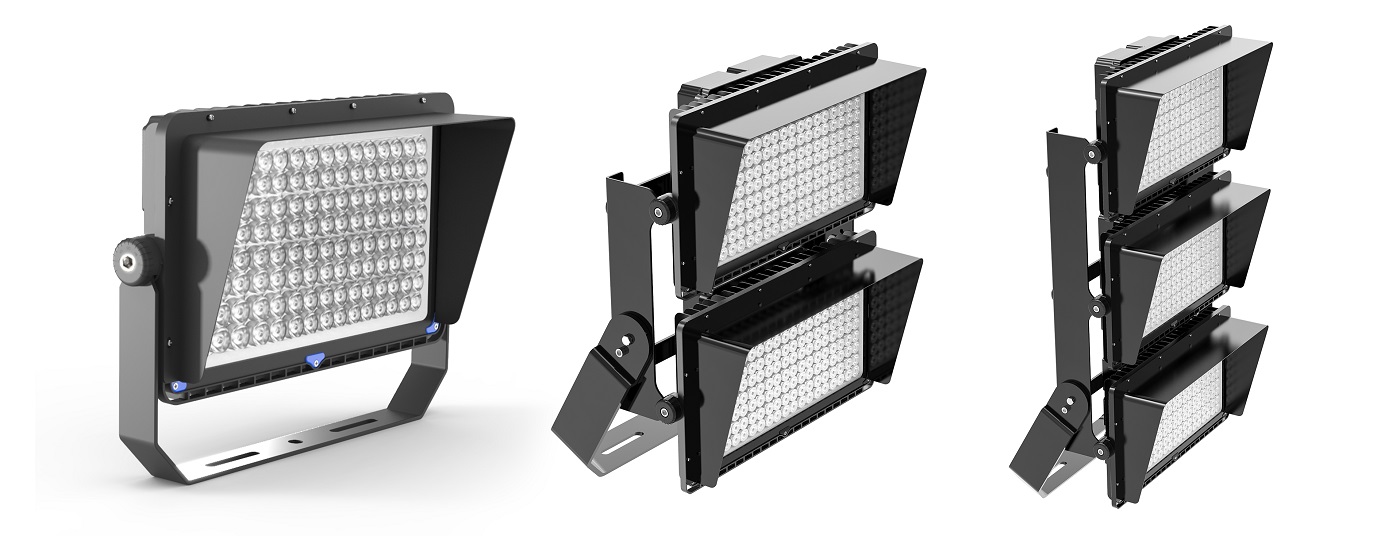You may not be an expert in lighting design but you’ve probably heard of the term “light pollution”. Artificial lighting is one of the biggest factors in light pollution, which can affect everything from human health to wildlife. Light spill is a big contributor to this problem.
Many governments in the world are also concerned about light spills. The Clean Neighbourhoods and Environment Act of 2005 in the UK updated the Environmental Protection Act and classified light spills as a statutory annoyance. Local councils have the power to investigate complaints of light spills and to impose financial penalties on those who do not comply with abatement orders.
Light spill is an issue that must be taken very seriously. VKS will walk you through the most important questions and concerns about light spill and how to minimize the chances of it occurring in your lighting system.
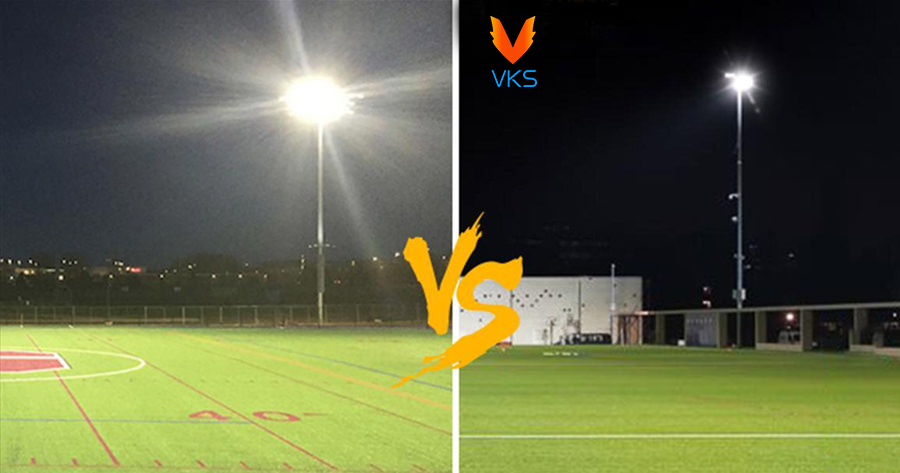
What is light spill and why is this a problem?
Any light that spills beyond the intended area of illumination is called a “light spill”. One of the most important things to consider when designing a lighting system, is that the light is only focused on the intended area. Light spill is any light outside of this area.
Consider a football stadium. The lighting designer would want to direct all the light from the floodlights directly onto the pitch. If any light falls into the stands or beyond, this would be considered light spill. Light directed upwards into the sky is considered light spill.
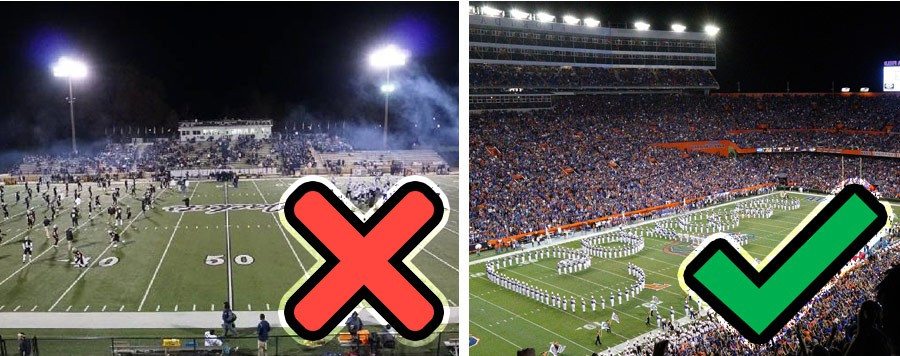
There are many reasons why light spills can be a problem
If light leaked beyond the boundary intended, the targeted area will receive less light than intended. This reduces the effectiveness of the entire system, as “useful” lighting falls into areas that are not required.
Energy is also wasted when light falls outside the area that’s intended. If a lighting system has light spill issues, the owner will be paying for an area to be lit that is not necessary. A lighting system with light spill problems means that the owner is paying to light an area that doesn’t need to be lit.
The spillage of light can be detrimental to the environment. In the above example, light directed outside the pitch may affect the experience of fans in the stands. In extreme cases, the light could be a nuisance for the local community or wildlife. It can also contribute to “sky glow”, which is an overly bright sky at night.
Why does light spill happen?
Light spill is a complex problem, but the simple answer is that it occurs when light from a particular source (i.e. Floodlights are either not controlled well or directed in the wrong direction. This could be due to a variety of reasons.
Light spill is often caused by incorrect positioning or angling of floodlights. It could be due to a problem with the design of the lighting system or the luminaires not being angled correctly during installation.
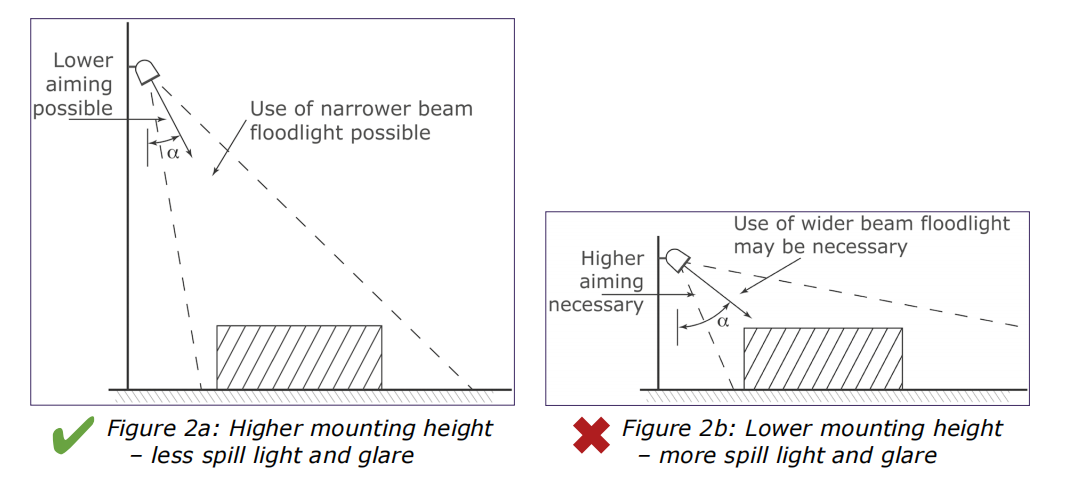
Shields and shutters can be attached to a luminaire to help direct light flow. They help minimise light spillage by shaping the beam of a luminaire. The risk of light splash is greater when these devices are not used.
The wrong fixture selection can increase the risk of light spillage. Large and high-intensity lighting fixtures can produce a too wide beam of light that is difficult to control, and may spread to the surrounding area.
Weather and wear. Even if luminaires are positioned and angled correctly by the installer, environmental factors such as wind and vibrations may cause them to move, increasing their risk of light spill. Damage to the shields can also reduce their effectiveness.
Issues with optics: Optics help shape the spread and intensity of light coming from a luminaire. Poorly manufactured or badly designed optics can lead to misdirection of light, which leads to light spill.
VKS FL4 series led flood light with professional lens design and shiled options will provide you a most desired lighting result in your sports projects.
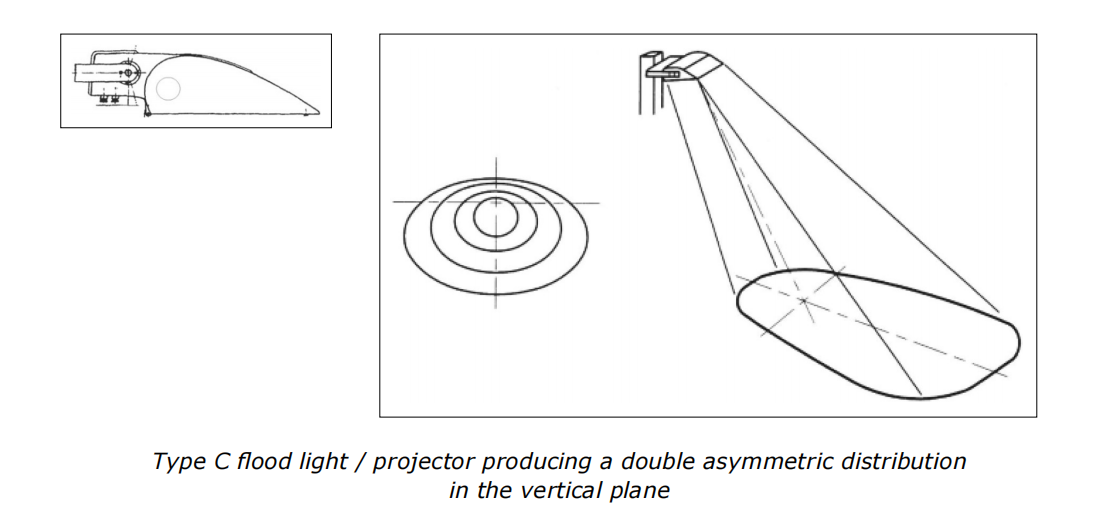
How can I avoid light spill?
Professionally designed floodlighting systems should plan and address the above issues. To prevent light spill, it is important to choose a lighting partner with extensive experience. VKS offers a free design service, which includes light spill drawings.
The main measures to prevent light spillage are based on the above-discussed issues.
The luminaires should be placed and angled to eliminate the risk of spillage.
Use shields and shutters to direct light where it’s needed. It is important to clean and inspect these devices regularly.
It is important to choose fixtures with the best optics, which will keep the light focused on your target.
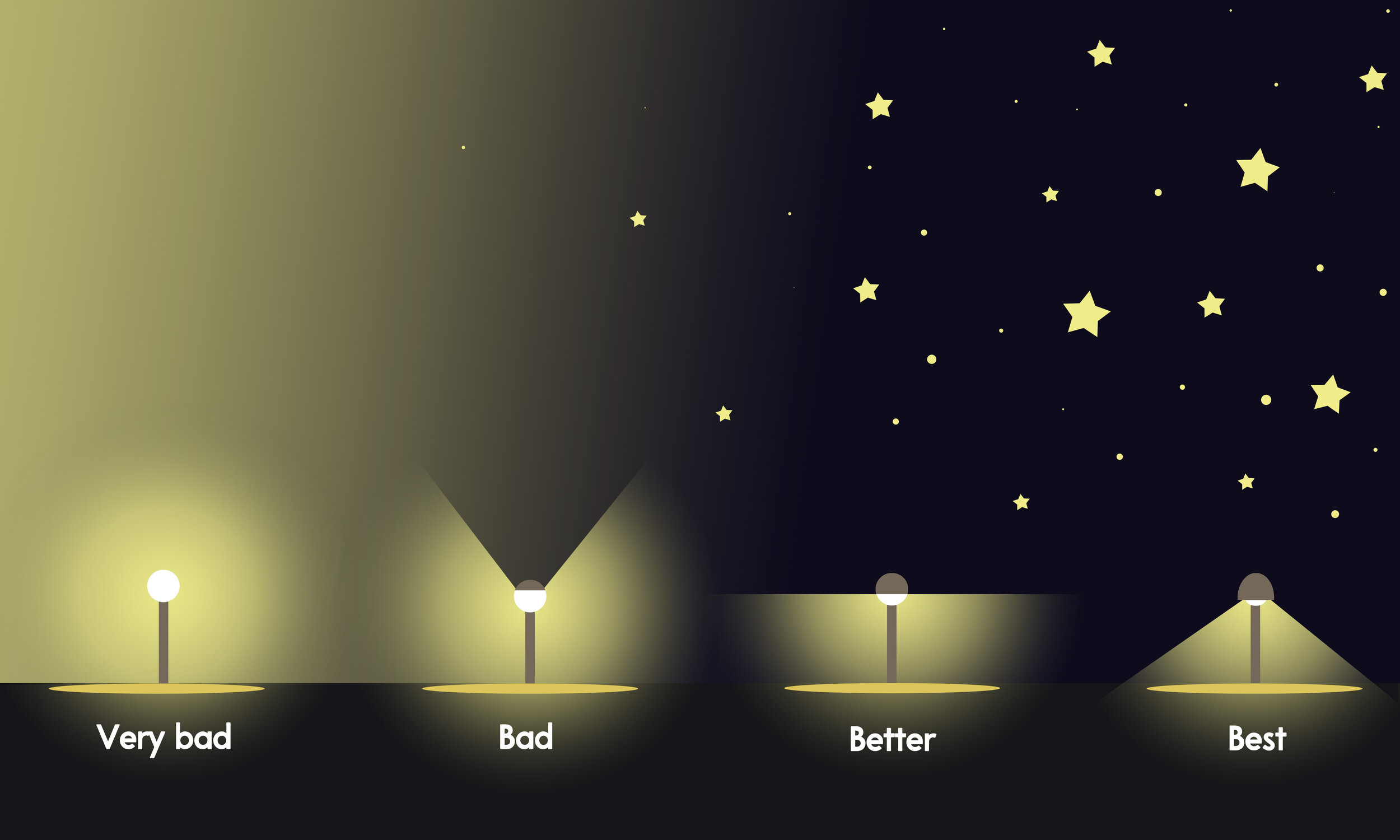
Does light spill differ between older lighting systems and LEDs?
Yes. The older lighting technologies emit light 360 degrees. For example, in the case of metal-halide flooding lights, a significant portion of the light must be reflected back and directed to the intended area. This is not only inefficient but also difficult to control and increases the risk of light leakage.
LEDs are fully directional. Standard LED floodlights emit light in a 180-degree arc, but this can be shaped by using shutters and shields.
Does light spill mean the same thing as light intrusion, light trespass and light trespassing?
Yes. The same problem is known by different names. Light spill is any unwanted light.
Does light glare mean the same thing as light spill?
The two are not directly related. The contrast between areas that are brightly lit and those that are dimly illuminated can create glare. It is vital to reduce glare wherever possible, as it can affect everything from eye comfort to visibility. This can be achieved by managing light spill.
At-a-glance
* If not dealt with properly, light spillage is a serious problem in artificial lighting.
* The term light spill is used to describe any light that comes from a luminaire and falls outside of the intended area. Light spill can reduce the efficiency of lighting systems, increase energy costs and usage, and cause problems for wildlife and local communities.
* The cause of light spillage can range from poor lighting to low quality optics. There are many preventative measures, such as shields which help direct light to the correct areas.
* Metal-halides and other older lighting technologies increase the risk of spillage. It is because the light must be reflected in a specific direction. LEDs are easier to aim at specific areas.
* Light spill is also known as light intrusion or light trespass.
* When planning a new lighting solution, it is important to seek the help of an experienced and professional manufacturer.
We’d love to hear from you if you have questions about light spill. Contact us.
Post time: Jun-19-2023

